Myconids
They were everywhere, man! Everywhere! Mushroom people, I tell you! MUSHROOMS WITH FACES!
Mycellium Myconidis, the Myconid civilization, is an incredible story of a nearly perfect biological organism married with the adaptability of an intelligent, fecund species. These so-called Fungus People are a misunderstood race of beings that is as far removed from humanity as is possibile.
There have been centuries of study based on almost only a handful of information sources, and they have postulated a rigid caste structure for the Myconid society, based on mostly second-hand (or spurious) information as recent scholarship has shown, and its time to for new findings and fresh research to correct a number of long-standing mythologies.
Basic Information
Genetica en Reproductie
Most of the current knowledge revolves around one source, Umlaut's "Observations While Spelunking & finding the Fungal tribes of Tentennering", a rambling journal/essay of a long expedition into the cavern systems found at the foot of the Greenwood Mountains, in the far West. Professor Umlaut's reported finding a "straygne and fasinating culture of living fungus, whome we expeckted would bring greate harm to us all, instaed welcomed us with gifts and a foule smelling concotion, more evil in its rotting tayste." He then describes what could only be interpreted as a halluncinogenic experience, wherein the "fungyl caretakers showed us the wonder of their socitee." The Myconid were described as having a heirarchical structure, with a single leader, and each Myconid fulfilled its role, and only its role in keeping the society running efficiently. A great "Melding of the mynds took place in a greate hall of stone, and all the fungalfolk gathyrd togethyr and the Auld One released tinee brown spores into the aire, in great quantities, and soone all the folke seemed to find themselves in the Great Web of Lyfe and I felt it too, and tho I was an outsyder, for a moment, I was one with the folke."
Recent scholarship has challenged this "lazy paradigm of accepted fact, a fantasy of hopes and dreams from a once-relevant scholar." This burst of activity has been mostly fueled by the rise of the Adventurer's Guild, and subsequent Cartographic Societes, who pay hard coin for good maps and verifiable, repeatable information. The Guild trades in Facts. A cohesive picture has been forming from the sale of a number of notable monographs on the creatures found within the journals buried deep in the Guild's Archives. That picture shows a very different Myconid society, one that may in fact, have no human parallel.
Myconid "blooms" (rapid growths of the juvenile forms of the species) have been reported at all depths of the Underdark and many are found close to or even on the surface, and there are no consistent reports on the usual types of Myconid sub-species that forms in these blooms. None of the reports match, which means that our understanding of the full Myconid species is incomplete. This essay can only speak to the sub-species on record, although no single societal norm (as we perceive it) is threaded through any of the Myconid observations.
Groeisnelheid & Stadia
The Myconid bloom in patches generally 2-10 feet in diameter, and over the course of only 24 hours, and rapidly form from a fungal "mat" of mycelium, and generally spawn between 6 and 10 of the Myconid race. These new spawn instantly begin to fulfil whatever roles they are supposed to serve in their society, but consistent behavior from these species has not exhibited itself. The bloom requires organic matter to grow, and this normally takes the form of rotting vegetable matter or deceased creatures. These "beds", depending on size, can be the source of many blooms, forming over and over again, slowly consuming the organic matter that allows this procreation. A rotting tree could support 2-4 bloom cycles, a humanoid 1-2, and a large creature 4-8, generally.
Additional Information
Sociale Structuur
Blooms of Myconid are instantanously able to function as adults. They have no juvenile form, and there are only scant moments after their "births" of inactivity, as the first communication spores are exchanged between them. There is strong evidence to suggest this form of communication among the species is as complex as ant or bees, with concepts as well as single representations able to be exchanged and understood. Our only proof of this is the reports of adventurers and rogue-scholars who have observed them in the wild. Spores are like breath to the Myconid, and vast clouds of them are constant in their vincinity, 50 to 300 feet sometimes aboveground, and as much as a mile underground, where, in breathless caves, the spores hang in the still air for days, sometimes weeks, waiting for a Myconid receptor or a humanoid host.
The Myconid are organized, and function well with one another, regardless of the mix of sub-species, and they will secure their spawning grounds first, by filling the area with sporemist, this creates the environment that allows the Sporechatter to function, and is constantly replenished by active Myconid with Communication spores. The Puffballs will jet away, hunting for suitable bloom-hosts and any sub-species will move to fill their roles. The Mycon will send half of their numbers out to find living captives; whether animal, man, or beast, it does not seem to matter. These prisoners are kept somewhere deep in the colony, no eyewitness accounts exist of their condition, and serve to create new blooms, as the colony's population growth is directly related to the number of local disappearences. The species can reproduce very quickly, 24 hours for a bloom to birth up to 10 Myconid, and the population can quickly run into the hundreds if left unchecked. There is an account, spurious at best, of sighting a colony numbering in the thousands in the Underdark, and perhaps a whole network of these Fungal Cities.
There does not appear to be any leadership among the Myconid. The Lumin sub-species does hold some place of regard in thier society, but scholars have been unable to say with any certainty what that role fulfills for the species. All the sub-species are obviously communicating, as they will cooperate to repel invaders, and perform functions within the colony, and there is speculation that the Hivemind is what directs their actions - some ancient memory, that allows each member to understand what needs to be done without the need for direct control from a superior member of the society. All seem to know their purpose and fulfill it independently, which gives is great strength and versatility. However, it is the very nature of the hivemind in which the species lives, that is it's greatest weakness. Cut a Myconid away from the colony, and it will lose focus very quickly and become confused. The few that have been captured, and interrogated without success, have died some 48-72 hours after being isolated from other Myconid, some inner process initiates it, or perhaps it is, as one sage has theorized, "that they cannot function as a single unit. Without the hivemind, they have no purpose, and quickly wilt and die."
Civilization and Culture
Interspecies Relaties en Veronderstellingen
Myconid are hostile, there can be no doubt about that. All of the accounts, regardless of their source, point to this. Of course, this may mean just the opposite, as overwhelming evidence without a single dissent is often the framework for duplicity, and there very well may be peaceful Myconid societies. Ruling this possibility out is the function of a closed mind, as all will agree, but our only recorded evidence is of overwhelming aggression and hostility from the Myconid.
The colony will begin a spree of killing on any living thing within the immediate vicinity of the colony, usually up to a mile around the first bloom. This rapidly increases with each subsequent bloom, and soon patrols of Myconid are spread over a vast area. If civilized areas are nearby, the colony's numbers will explode exponentially, as Puffballs and Agarites swarm in numbers amid the Mycon hordes.
The Myconid do not torture, they do not violate, they do not even feed on their victims. They kill by spore infection to create more Myconid. They have no malice. They exist to procreate, and they almost never make allies, but there are exceptions.
Violet Fungus and Shriekers are almost always (90%) found in Myconid colonies, and are nurtured by the Myconid, who seem to treat these Deadly Fungi with the same reverence they do their own.
Dryad and Galeb Duhr and Shambling Mounds have also been known to cooperate with them.
Gas Spores are mortal enemies of the Myconid. The Gas Spores will feed on blooms and even on Myconid themselves, and are always immediately attacked by the colony and driven off by Aganites if any are present, or Enoki if not. Under no circumstances will the Gas Spores be destroyed (although accidents do happen), as the Gas Spore's death causes an explosion of its own spores, that can infect the Myconid and kill them, giving rise to more Gas Spores.
Written by u/famoushippopotamus on Reddit

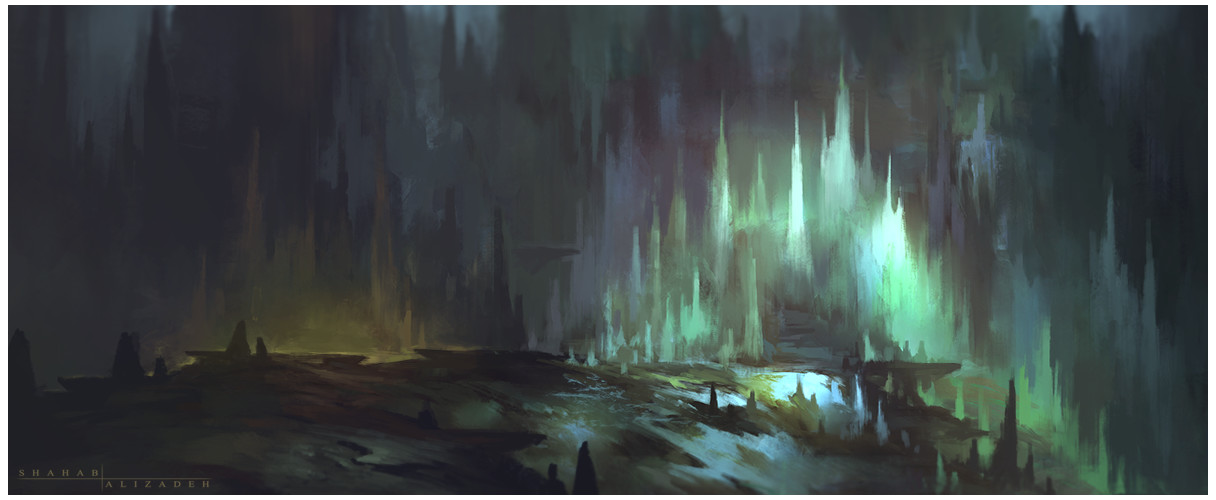

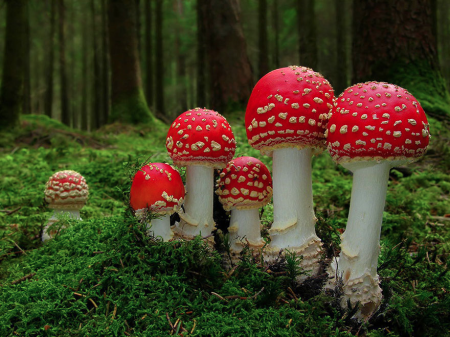
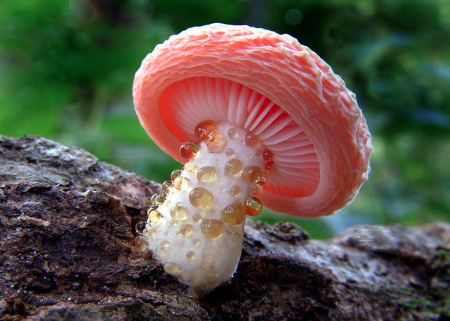
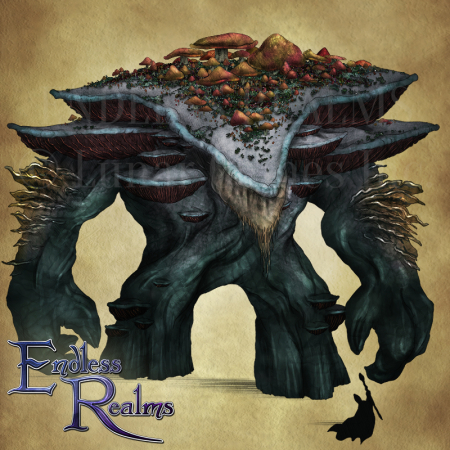
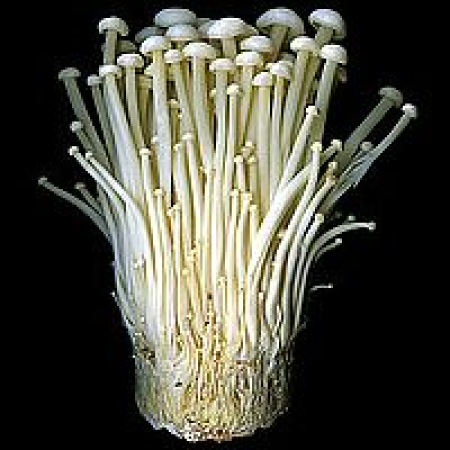
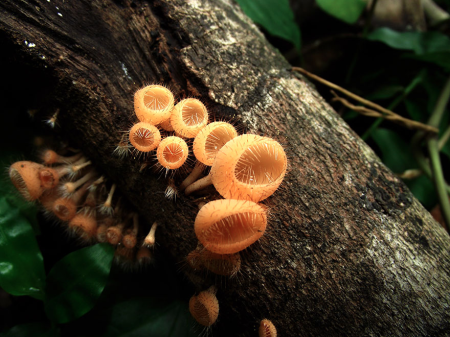
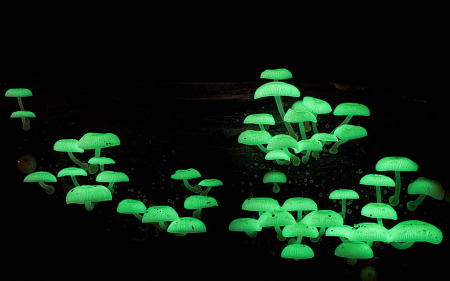
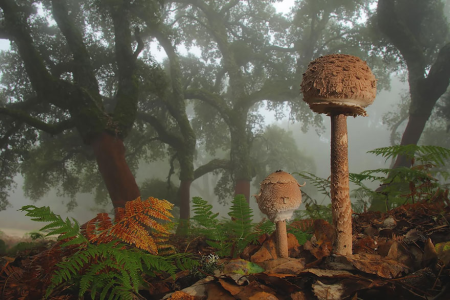
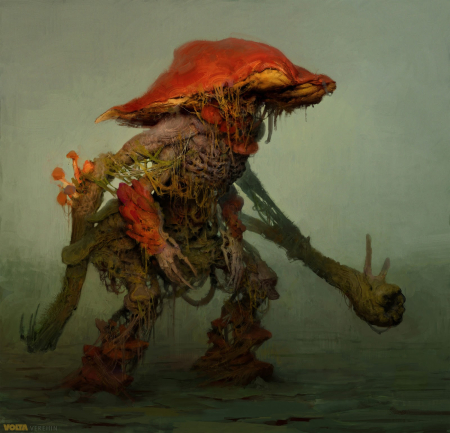
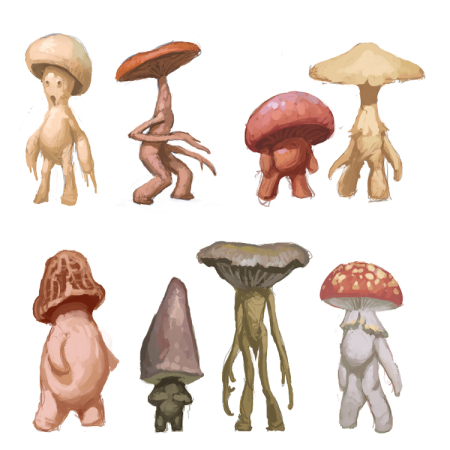
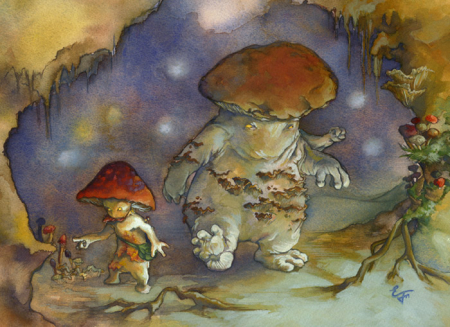
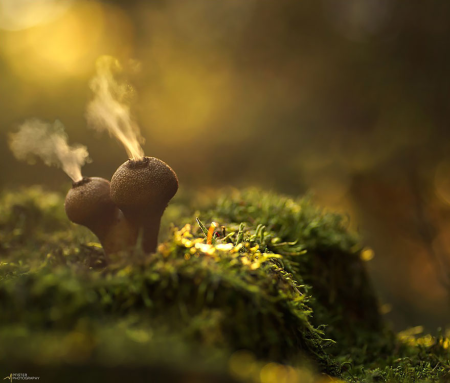
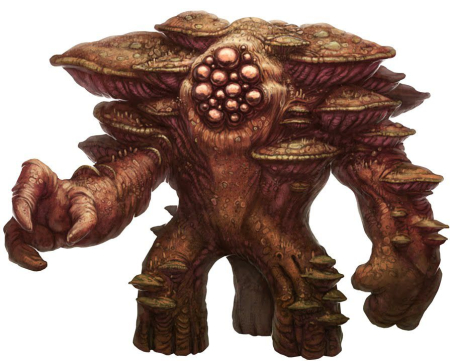
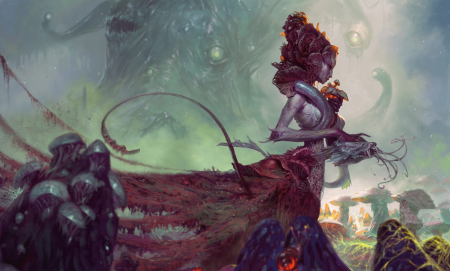






Opmerkingen